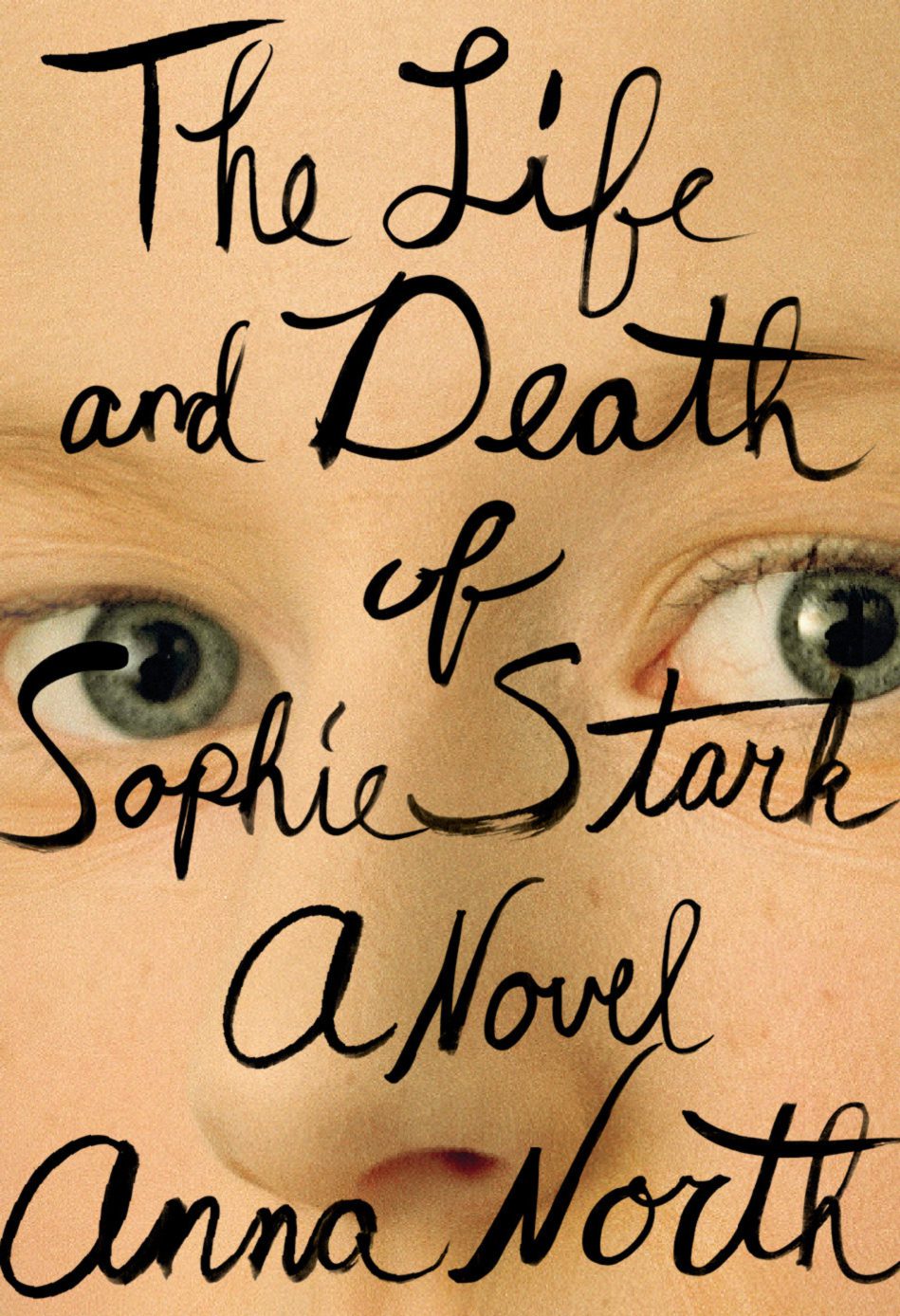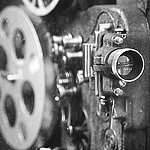When I was twenty I became a film critic for my college paper. I didn’t know anything about movies but I’d reviewed some books, and that was qualification enough—I don’t think the paper had a lot of applicants for the job.
Every week I got free passes to a movie—sometimes a good one, like the François Ozon thriller, The Swimming Pool, more often a weird or outright bad one, like the Halle Berry vehicle Gothika—and I usually had about a day after the screening to turn around a review. I liked the job—having press passes made me feel important, especially at press-only screenings where I could hear people whispering what I assumed were important media things around me. But pretty quickly, I started to worry.
I remembered a pop-music critic my dad had complained about—he only wrote about the lyrics, my dad said, not about the music itself. I didn’t want to make that mistake. I wanted to make sure I captured the way movies actually looked, not just what the characters said to each other.
This was surprisingly hard. I quickly realized I didn’t even remember much about a movie’s camerawork after I saw it—I was used to books, and it was the plot and language that stuck with me.
As a memory aid, I started drawing the first shot of every film as quickly as I could. This helped a little. The drawings themselves were useless, because I’m not very good at drawing under the best of circumstances, and I’m certainly not good at drawing quickly, in the dark, while trying to pay attention to a movie. I remember a drawing of the first frame of The Station Agent (a very good 2003 movie starring Peter Dinklage as a man who inherits a train depot); it looked like a copy of a Peanuts cartoon made by a drunk. But the drawings did change the way I watched. They forced me to think about the images, not just the story, and my reviews began to address cinematography, at least a little bit.
I say address, however, not capture. I learned how to say a few things about how movies looked, but I didn’t learn how to replicate the experience of seeing them. I didn’t worry about it too much at the time—these were just reviews, after all. If the movie were good enough, readers would go see it for themselves.
 Years later, I started writing a novel about movies. I thought about my old drawings, and I remembered to consider the visual style of the films my main character directed. I thought about the way she framed a shot; I thought about her sense of color and space and light. And I would say that when it came to actually portraying what it might be like to watch one of her movies, I totally failed.
Years later, I started writing a novel about movies. I thought about my old drawings, and I remembered to consider the visual style of the films my main character directed. I thought about the way she framed a shot; I thought about her sense of color and space and light. And I would say that when it came to actually portraying what it might be like to watch one of her movies, I totally failed.
A different writer might have done a better job — in particular, I can think of novelists whose ability to represent physical space is better than mine will ever be. But I think every book about another medium falls short, gives the reader only a slim slice of what it’s like to look at a painting or watch a movie or listen to a story. Great writing about art can be beautiful — look at Kazuo Ishiguro’s An Artist of the Floating World or Orhan Pamuk’s My Name Is Red or Ali Smith’s How To Be Both. What it can never be is paint.
If I have any advice, now, for writing about other media, it’s this: Go ahead and try. Learn about cameras or brushes or piano tuning. Scrawl a picture of Peter Dinklage on your notebook in the dark. This effort will help you. It will help you get inside the heads of your characters and understand what they do, and your writing will be better for it. But it will still be writing. It will not be anything like whatever art form you’re writing about, and that will be okay. The writing is enough.
***




